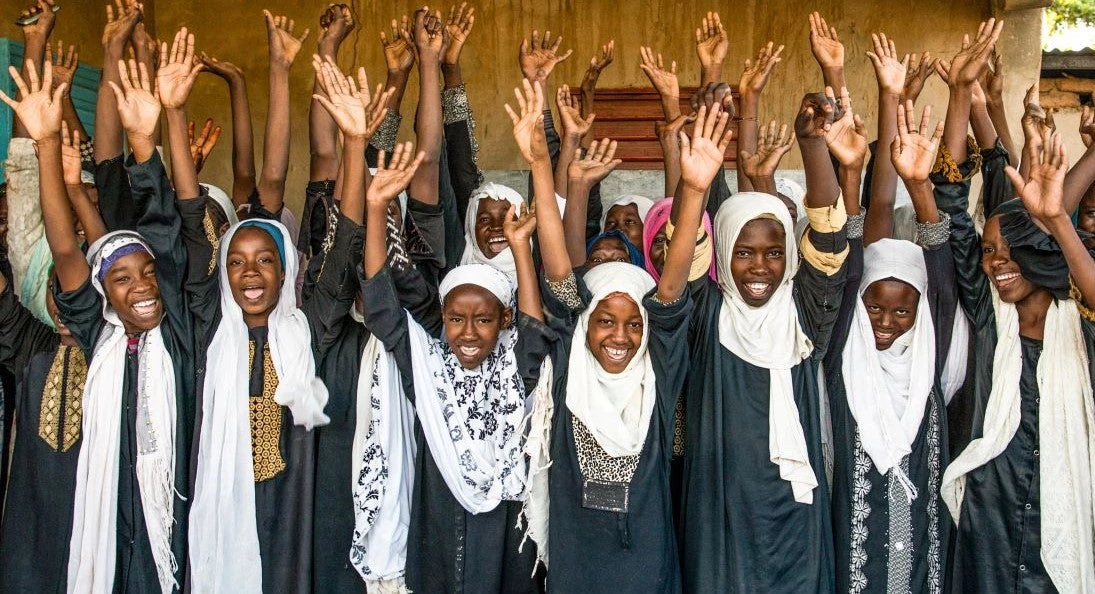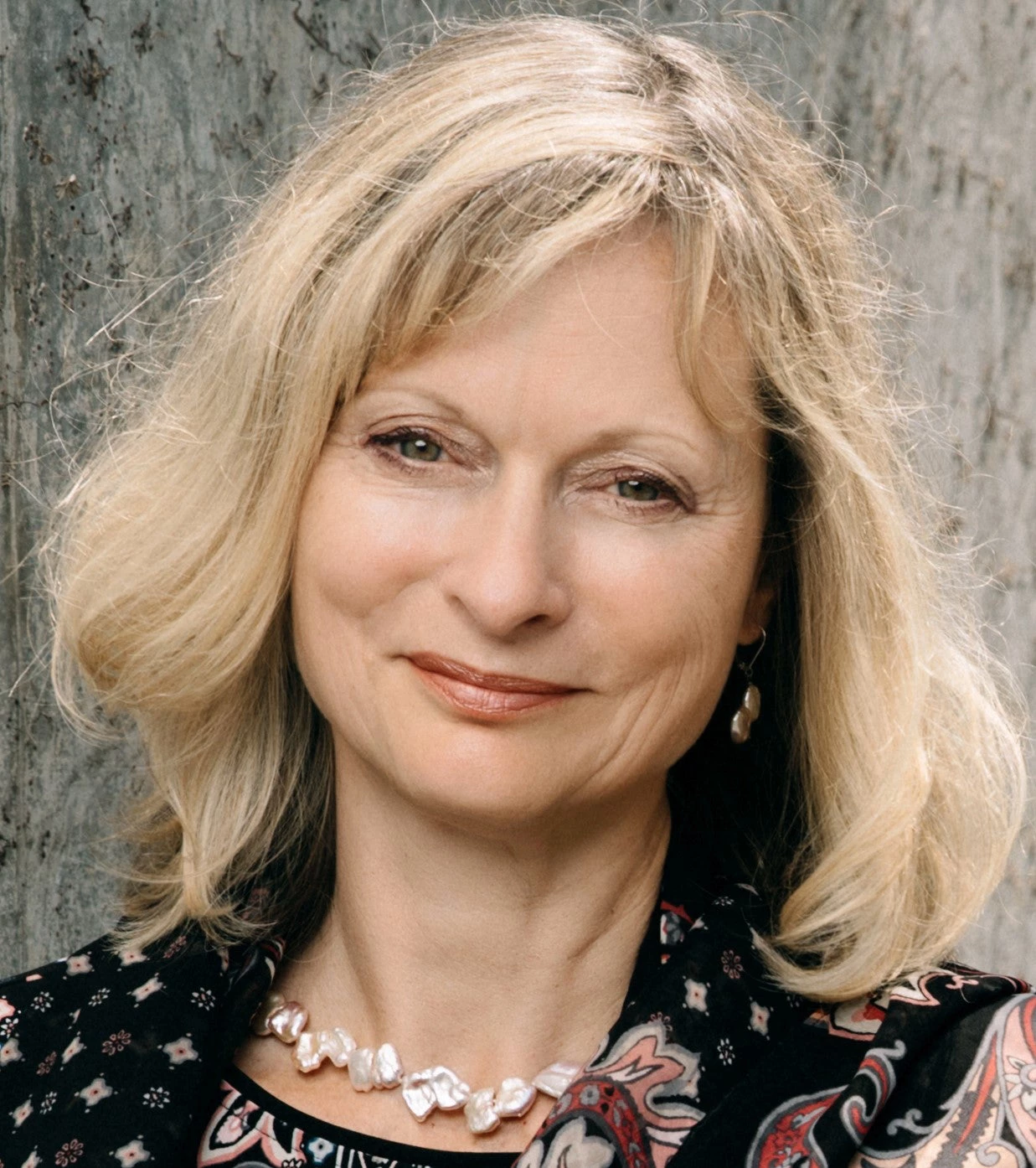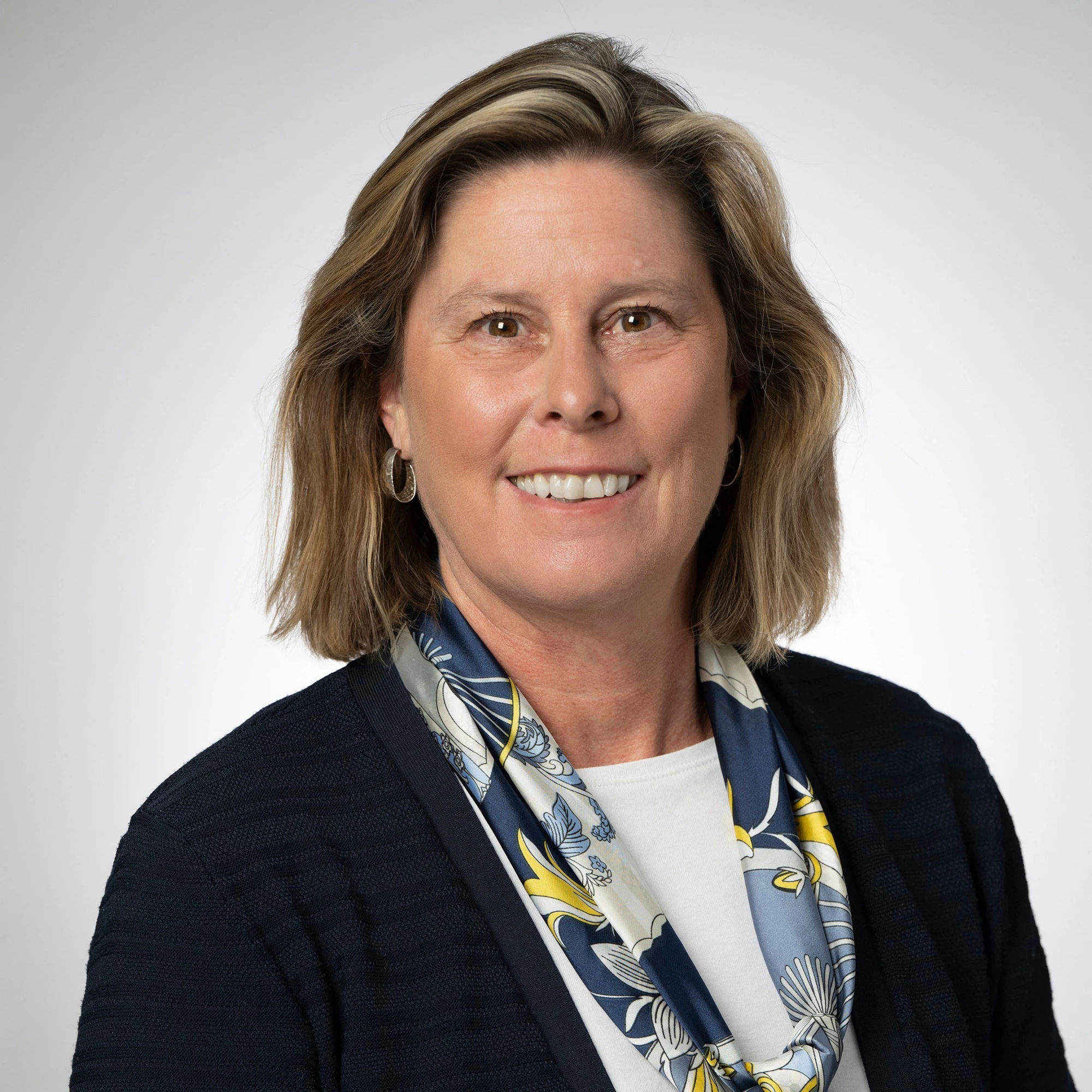 School girls in Chad
School girls in Chad
As leaders gather in Sharm el-Sheikh for COP27, everyone is thinking about how to accelerate global climate action in a world facing multiple crises. Doing this will require greening entire economies and making transformative investments to reduce emissions, scale up adaptation, and build resilience.
Women and girls are at the heart of this. Climate transitions are about people. Ensuring that they benefit all people is, at its center, a challenge of gender equality. Far from being separate goals, pursuing sustainable development and pursuing gender equality are intrinsically linked.
Why? Climate change affects men and women in different ways, especially among poor and vulnerable population groups who tend to be more exposed, and have less resilience, to climate variability, stresses, and shocks. Extreme heat, wildfires, floods, droughts, and unusual rainfall affect millions of people around the world, but their impacts vary profoundly by gender. Some of these differences can be seen in health and education: for example, extreme heat is directly linked to increased hospitalization during pregnancy. But the clearest differences are in economic opportunities. Women are more likely than men to earn a living from natural resource-based activities or in climate-vulnerable sectors such as agriculture, livestock management, energy, disaster risk reduction, forestry, water, and health. Climate change can exacerbate women’s time poverty, reducing the time that women and girls could otherwise use to learn, work, and earn—and can lead to an increase in gender-based violence and sexual exploitation.
'Women are currently under-represented in climate forums, including at the COP: at last year’s COP, only 34% of committee members were women.'
A growing body of evidence shows that women’s participation and leadership in climate action is associated with better resource governance, conservation outcomes, and disaster readiness. Women are effective in pioneering community resilience, leading local management groups, protecting their communities against natural disasters, and in ministerial roles. This is true for the private sector as well, where diversifying corporate boardrooms and C-suites has been shown to lead to more climate-friendly policies: a 1 percent increase in the share of female firm managers leads to a 0.5 percent decrease in CO2 emissions. Yet women are currently under-represented in climate forums, including at the COP: at last year’s COP, only 34 percent of committee members were women.
As we think about how to scale up climate action, it’s important to recognize these gender differences and harness the power of women’s leadership. Ensuring a just transition means starting with these realities. Net zero pathways create winners and losers. Green transition creates new opportunities, but as carbon-intensive regions and sectors are transformed, people may see losses to their jobs, livelihoods, and ways of life. These are felt differently by men, women, and vulnerable groups, who, without support, may have unequal access to new opportunities in green economies. Ensuring a just transition means ensuring that climate policies and investments are informed by these gendered realities. But it also means going beyond them, using climate transitions as an opportunity to overcome inequalities, learn from the voices of women, Indigenous and local communities, and unleash women’s green economic potential.
What is needed? First, boost people’s resilience and adaptive capacity in gender-sensitive ways. This includes complementing cash transfer programs with productive inclusion measures and gender sensitive green public works; promoting women’s access to agricultural extension and climate-smart farming, boosting women’s assets, enhancing women’s mobility and safety, and involving women in disaster risk management. The World Bank Group is supporting such objectives through adaptive social protection and livelihood diversification projects, such as the Niger Adaptive Safety Net Project
Second, support women to thrive in greener economies. Green investments across 21 major emerging economies could generate 213 million new jobs between 2020 and 2030. Workers will be needed to help decarbonize the grid with renewable energy, retrofit buildings, put in place low-carbon municipal waste and water, and expand green urban transport, nature-based urban infrastructure, and climate-smart agriculture. Yet existing patterns of occupational sex segregation (women and men doing different work), skills gaps, and gaps in female labor force participation mean women may be at a disadvantage. Between 2015-2021, 66 percent of transitions into green jobs were made by men. To benefit from green jobs, people will need the right education and job-relevant skills, including in STEM, where women are under-represented. Women will also need support to break down barriers to economic opportunity: women can’t start green businesses or get green jobs if they are expected to do most of the housework, lack affordable childcare, and face gaps in ownership of assets and access to finance. The World Bank Group supports women’s economic empowerment for green transition through efforts such as the WEPOWER initiative to get women into the renewable energy value chain and programs to expand women’s STEM skills in higher education.
'Women can’t start green businesses or get green jobs if they are expected to do most of the housework, lack affordable childcare, and face gaps in ownership of assets and access to finance.'
Third, ensure that women’s voices and leadership are incorporated into climate governance at the local and national levels and into multilateral climate dialogues and the private sector. The World Bank supports such efforts through initiatives such as the Dedicated Grant Mechanism (DGM) projects, supported by the Climate Investment Funds, which foster Indigenous and local women’s climate leadership and participation in decision-making for improved conservation and climate outcomes.
Finally, integrate gender equality into climate investments across sectors and expand gender-sensitive climate finance. The World Bank Group is the world’s biggest multilateral funder of climate investments in developing countries. The Bank Group helps countries integrate gender into these operations, ensuring that the key transitions in energy; agriculture, food, water, and land; cities; transport; and manufacturing benefit women and men, and is expanding financing to support gender and climate goals. For example, in Kenya, IFC is working with off-grid solar companies to train and establish groups of women solar entrepreneurs to sell solar products in their communities, and in South Africa, the World Bank is incorporating several measures to ensure gender-sensitivity in its labor market programs and reskilling and upskilling programs at the Komati power plant. Across Africa and South Asia, World Bank projects are focusing on sustainable practices in agriculture, fisheries, forestry, and watershed services improvement while targeting women’s equal participation in capacity building efforts and promoting women’s participation in leadership positions.




Join the Conversation